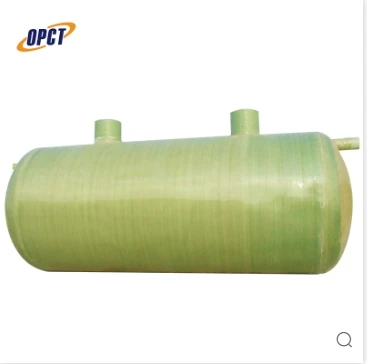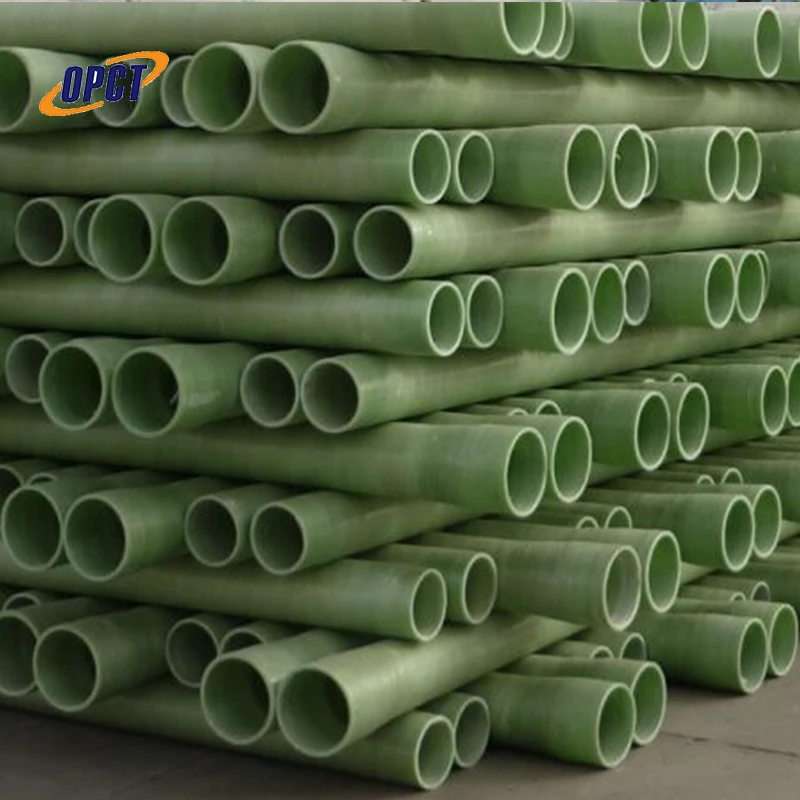Fiber Reinforced Plastic (FRP) cable trays have become an essential component in modern industrial and commercial installation projects. Their inherent advantages, such as corrosion resistance, lightweight nature, and impressive durability, make them a preferred choice over traditional materials like steel or aluminum. Installing these cable trays, however, requires careful planning and execution to ensure long-term performance and safety.

First and foremost, it is crucial to conduct a detailed site analysis before the installation begins. Understanding the specific environmental conditions where the trays will be installed helps in choosing the appropriate type and grade of FRP material. Factors such as temperature, chemical exposure, UV exposure, and mechanical load should dictate the selection process. This step is imperative to maximize the lifespan and effectiveness of the cable trays.
Once you've selected the right FRP cable trays, the next step is to design a comprehensive layout plan. An optimal layout minimizes bends and unnecessary joints, reducing potential weak points in the system. The plan should include precise measurements and should take into account any future expansions or modifications. This foresight can save significant time and resources down the line.

The installation process itself demands attention to detail. Begin by preparing a solid foundation for your cable tray system. Whether it’s floor-mounted, wall-mounted, or suspended from the ceiling, a sturdy and level base is essential for stability. Use appropriate mounting accessories specifically designed for FRP materials, as these will have the appropriate strength and durability profiles.
During assembly, follow the manufacturer’s guidelines rigorously. Each joint, bolt, and accessory should be secured according to the recommended torque values to avoid over-tightening, which might damage the FRP material. Moreover, ensure that the trays are aligned correctly, as any misalignment can lead to uneven load distribution, ultimately affecting the system’s integrity.
frp cable tray installation
The placement of cables within the trays should also be handled with precision. Avoid overloading the trays; adhere to the load capacity guidelines established by the manufacturer. Overloading can cause sagging or even catastrophic failure of the tray. Furthermore, to maintain order and facilitate future maintenance, label the cables clearly and use separators as necessary to organize them neatly within the tray.
Safety is another essential aspect of FRP cable tray installation. Always adhere to the recommended safety standards and practices, such as wearing appropriate personal protective equipment (PPE) and using the correct tools. Regularly inspect equipment for damage before use, as overlooked fractures in the FRP could lead to failures under stress.
Lastly, an often overlooked but critical step in the installation process is a thorough inspection once the work is complete. This inspection should be conducted by a knowledgeable professional to verify that the installation has been done correctly and that the system meets all design specifications. Conducting regular maintenance checks thereafter will help in identifying any potential issues early, allowing for prompt repair or adjustment as needed.
In conclusion, the installation of FRP cable trays is a multifaceted process that combines careful planning, precise execution, and ongoing maintenance. By approaching each phase with diligence and a focus on quality, you can ensure a reliable and enduring cable management system. This strategic approach not only enhances the efficiency of the installation but also extends the functional lifespan of the FRP cable trays, reflecting prudent investment in the project's infrastructure.




